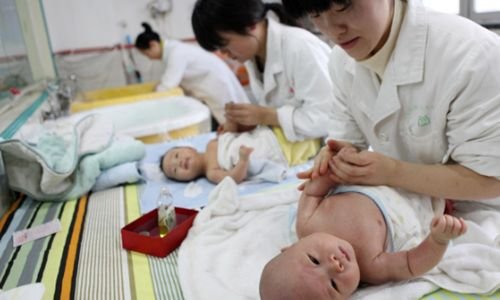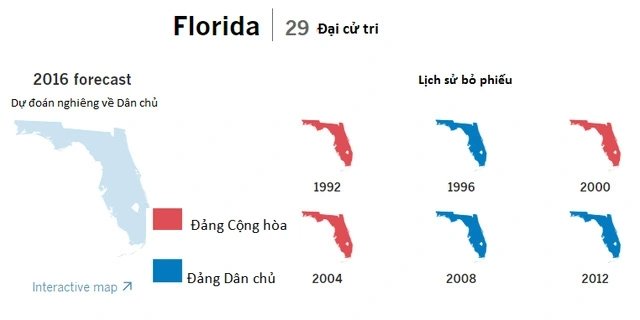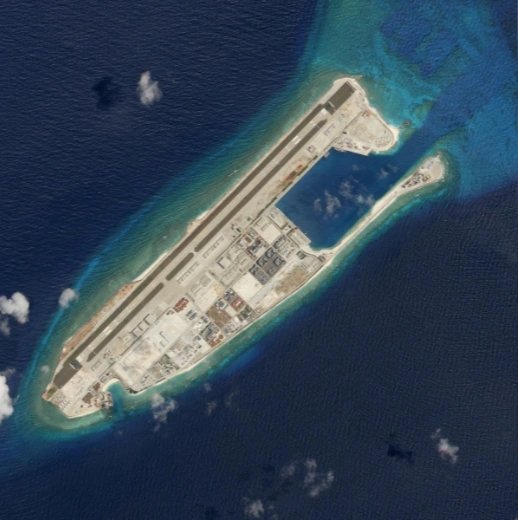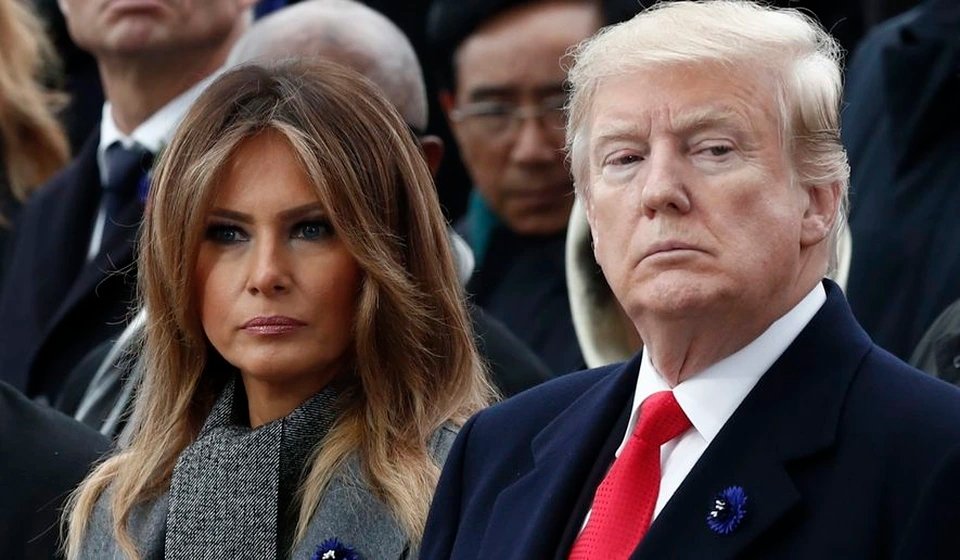
Nurses care for newborns in a hospital in China.
`2018 will be a historic turning point for China’s population. China’s population begins to decline, population aging begins to increase rapidly, and economic strength begins to weaken,` SCMP quoted today.
According to Yu, a research fellow at the University of Wisconsin-Madison, and Su, an economist at Peking University, China’s population once accounted for nearly one-third of the world’s population, but that population is shrinking to one third.
A recent report published by Global Times shows that the number of babies born in China in 2018 decreased to less than 15 million, two million lower than 2017. This number is also much lower than the 20 million births reported by the agency.
China’s Bureau of Statistics will release nationwide birth figures for 2018 later this month.
Shandong province, one of the most populous provinces in China, in the first 11 months of 2018 there were only 64,753 births in Liucheng city, down 26% over the same period in 2017. In Qingdao, another city in
Hua Changchun, an economist at investment firm Guotai Junnan, calculates that the number of births across China could be below 14 million, with the national average birth rate down 20%.
`The sharp decline in the birth rate could be the beginning of a long new era in which the population shrinks,` Hua said.
When abolishing the strict one-child policy for decades and encouraging two children in 2016, China predicted the birth rate would increase.
Ren Zeping, an economist at real estate group Evergrande, wrote an article this week, noting that China is entering a `demographic crisis` amid the failure of encouraging people to have more children.
`China must immediately lift all contraceptive measures and encourage people to have children,` Ren wrote.
In its latest effort to improve the birth rate, the China Family Planning Association announced it would `focus on maternity care and family health` to encourage people to have more children.
Hong Hanh








